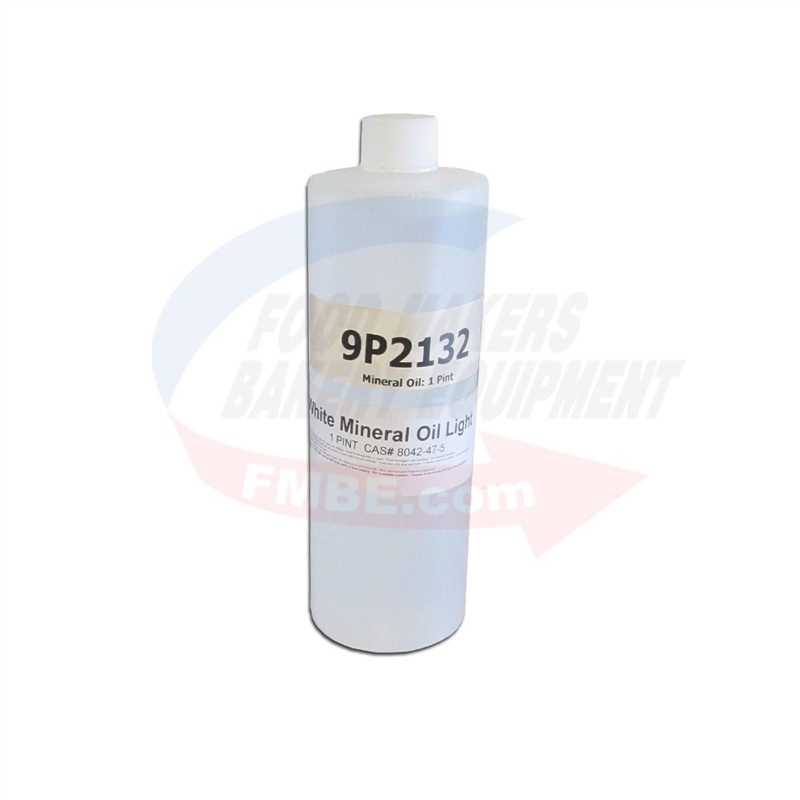
When a mixture contains ≥ 10% of a mineral oil, which is classified in category 1, and when this mixture´s kinematic viscosity, measured at 40☌, is ≥ 20.5 mm 2/s, this mixture itself is to be classified accordingly. Baby oil, hair products, makeup remover, creams, lotions, makeups. As a lubricant for machinery that processes food. Adhesives, TPE infant equipment and toys. Compressor oils, plastic product production. It can be found in many products including: Medical grade products. Thus, since 1 st December 2010, substances must be classified and labelled according to table 1, mixtures as of 1 st June 2015. There is a wide range of applications for high grade white mineral oil. The new viscosity limit applies from the entry into force of the CLP Regulation. However, the viscosity limit of 7mm 2/s has been increased to 20.5mm 2/s under the CLP Regulation, whereby more products have to be classified. Mineral oils or mineral oil preparations were then classified with the risk phrase R65 “Harmful, may cause lung damage if swallowed”. There they release chemically induced pneumonia, called aspiration pneumonia.įor the classification of such mineral oils (according to the CLP Regulation1 for all hydrocar-bons), the viscosity limit was 7mm 2/s until 1 st December 2010.

Even the smallest amounts can enter the respiratory tract and the lungs due to its low viscosity (fluidity). Learn more about standards, grades, and proper selection by contacting us today.Some petroleum products can cause serious health problems when they are drunk accidentally. For example, baby oil has to be of a food grade consistency, while pharmaceutical grade has to meet USP standards.Įnsuring that your white mineral oil can stand up to the highest standards starts with choosing a white oil supplier that takes pride in the quality of oil that they sell. In the United States, the FDA oversees most of the regulatory requirements for food grade and pharmaceutical grade oils. There are strict regulations when it comes to mineral oil grades. Some manufacturers take short cuts that result in lesser quality grades. Proper distillation delivers the high-quality grade that you need for your application. An ADI of 0-10 mg/kg bw was established at the 59th JECFA for mineral oil (medium viscosity). The distilling process is the most important piece of the puzzle, which is why your evaluation of supplier matters you deserve a trusted source for your white mineral oil needs. MINERAL OIL (MEDIUM VISCOSITY) Prepared at the 77th JECFA (2013), published in FAO JECFA Monographs 14 (2013), superseding specifications prepared at the 76th JECFA and published in FAO JECFA Monographs 13 (2012). Distillation removes the unwanted contaminants such as vanadium, benzene, sulfur, and lead to produce the higher pharmaceutical, food quality, and cosmetic-grade oil. The grade of the oil is determined by the hydrocarbon molecules present. It is important that you use the white mineral oil supplier that has a reputation for trusted services to ensure that you get the right grade for your application. There is a difference in the grades of high viscosity white oils you might find on the market. Oil concentrations ranging from 1-99% are found in a huge range of products and equipment. This oil has high lubricating properties without any aroma, making it the perfect essential additive for food prep equipment, pharmaceuticals and more.

There is a wide range of applications for high grade white mineral oil. However, getting the best in quality largely depends on the white mineral oil manufacturer you choose for your business. Quality high viscosity white oils do not change in color, are hydrophobic, tasteless, colorless and odorless. These mineral oils are highly refined and contain the properties that are warranted for many applications. High viscosity white oils are used across a wide range of industries.


 0 kommentar(er)
0 kommentar(er)
